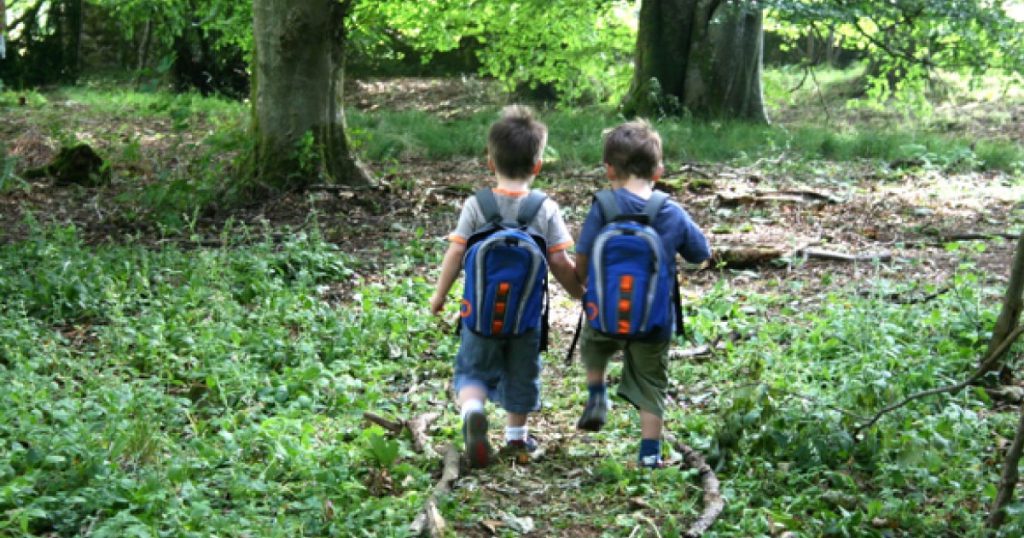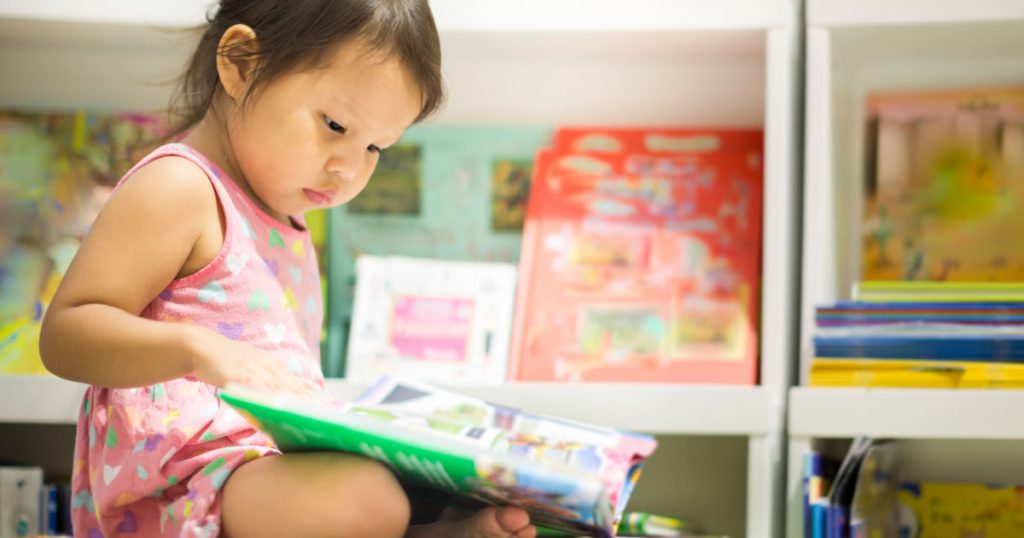Women scientists have played a large part in researching the COVID-19 virus and in testing and developing the vaccine to combat it. Their efforts have been recognised in the theme of this year’s International Day of Women and Girls in Science: ‘Women scientists at the forefront of the fight against COVID-19’.

Each year the global community celebrates International Day of Women and Girls in Science on 11 February to recognise the contribution of female scientists, and encourage more women and girls to join them in STEM (science, technology, engineering and mathematics). The day always brings various organisations and partners together to marshal international support for women to succeed in STEM careers and builds interest among women and girls (Daren, 2020).
Despite the worldwide recognition of the importance of women in STEM, there is still a significant issue of gender inequality in STEM careers. Some research shows that this starts very early (Sullivan & Bers, 2018).
Internationally,about 30% of all female students select STEM-related fields in higher education (UNESCO, 2017). Globally, female students’ enrolment is particularly low in: information and communications technology (3%); natural science, mathematics and statistics (5%); and engineering, manufacturing and construction (8%) (United Nations, 2021).
Australia also faces the issue of gender inequality in STEM careers and in universities. Young girls have the knowledge and enthusiasm; why does the representation of women in STEM remain so low as they become older?
‘Like most paths in life, things start in the classroom’, suggests Delvene Neilson (2021) in Women’s Agenda. ‘Anxieties and stereotypes around gender-based performance in STEM are a systemic problem that in many cases are passed on, often unconsciously, generation to generation, teacher to student.’
According to Monash University professor Marilyn Fleer (cited in Barkla, 2020), a well-known early childhood STEM researcher who founded the Conceptual PlayWorlds model: ‘We know from our early research that very young girls are already being turned off engineering because they’re not getting a go.’
As educators, how do we encourage young girls to see themselves as being good at STEM, in early childhood settings?
The role of educators
Educators play a significant role in piquing girls’ interest and building their confidence in STEM subjects in the early years. Many educators choose to do this by including the arts, to move into STEAM (science, technology, engineering, arts and mathematics). They can also provide and model STEM (and STEAM) opportunities, and challenge gender stereotypes to help encourage girls’ confidence in their STEM capabilities. Some ways to do this include:
- fostering girls’ interest in STEM (and STEAM) early in life
- supporting all children’s interests, sharing interests, that celebrate STEM learning
- building upon children’s inherent curiosity and creativity to identify STEM thinking processes
- introducing gender-neutral design problems for all children through intentional teaching
- challenging stereotypes if evident in your setting
- designing an inclusive environment (Knaus & Roberts, 2017)
- ensuring teachers are educated and equipped to support STEM activities in your service, including by encouraging educators to be co-learners with children if there is a new area of investigation
- exposing children in your service to famous women in STEM-related careers that young girls can look up to as role models.
What do you do in your service to foster girls’ interest in STEM subjects? We would love for you to share your ideas with our Spokecommunity by commenting below. Helping girls build their confidence and self-belief in the early years will be a gift they will carry through their lives.
The websites and resources below offer a range STEM ideas, apps, articles and approaches:
- ‘Five steps for early childhood educators to create a Conceptual PlayWorld and encourage a love of STEM’ by Marilyn Fleer.
http://thespoke.earlychildhoodaustralia.org.au/five-steps-early-childhood-educators-create-conceptual-playworld-encourage-love-stem/ - Fleer’s Conceptual PlayWorld App
https://www.monash.edu/conceptual-playworld/app - Early Childhood STEM Lab
www.ecstemlab.com - The Natural Start Alliance
http://naturalstart.org/feature-stories - ‘Your Toolkit for Early Childhood STEM Education’ by Brookes Publishing
http://archive.brookespublishing.com/content/Brookes-STEM-toolkit.pdf - Teach Preschool
www.teachpreschool.org/2012/stem - The Project Approach
http://projectapproach.org - The Tinkering Studio
http://tinkering.exploratorium.edu/projects
References:
- Barkla, C. (2020, June 18). These programs aim to keep girls in STEM – from preschool to university. Create.https://www.createdigital.org.au/these-programs-aim-to-keep-girls-in-stem-from-preschool-to-university
- Daren, S. (2020, February 11.) Today is International Day of Women & Girls in Science – so let’s celebrate! Jaxenter. https://jaxenter.com/international-day-of-woman-and-girls-in-science-2020-168072.html
- Knaus, M., & Roberts, P. (2017). STEM in early childhood education.Early Childhood Australia.
- Neilson, D. (2021, January). Girls are just as good as at STEM subjects as boys, so why are they still not choosing it?Women’s Agenda. https://womensagenda.com.au/latest/girls-are-just-as-good-at-stem-subjects-as-boys-so-why-are-they-still-not-choosing-it
- United Nations. (n.d.). International Day of Women and Girls in Science, 11 February.https://www.un.org/en/observances/women-and-girls-in-science-day
- United Nations Educational, Scientific and Cultural Organisation (UNESCO). (2017). Cracking the code: Girls’ and women’s education in science, technology, engineering and mathematics (STEM).Author. https://unesdoc.unesco.org/ark:/48223/pf0000253479
- Sullivan, A. & Bers, M. (2018). The impact of teacher gender on girls’ performance on programming tasks in early elementary school. Journal of Information Technology Education: Innovations in Practice, 17:153–162. https://doi.org/10.28945/4082
ECA Recommends
 STEM in early childhood
STEM in early childhood
By Marianne Knaus and Pauline Roberts
In this edition of the Research in Practice Series, we explore the integrated learning approach focusing on science, technology, engineering and mathematics (STEM). The book will help educators in the early childhood sector to understand the ‘what’and ‘why’ of STEM and to learn how to implement hands-on, inquiry-based pedagogies within the STEM disciplines for young children. Purchase your copy on the ECA Shop here.


